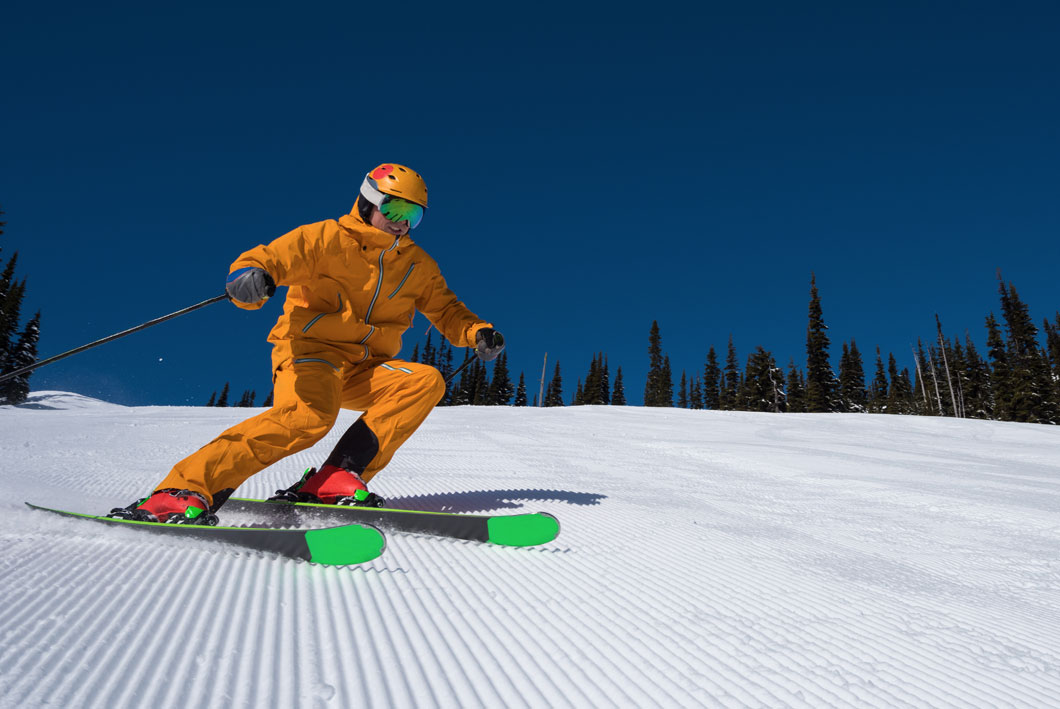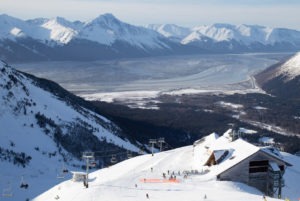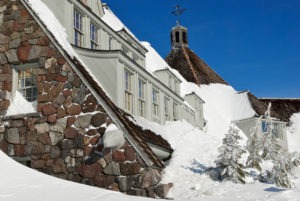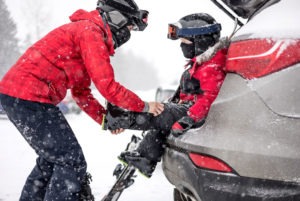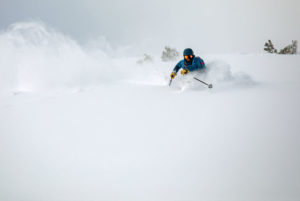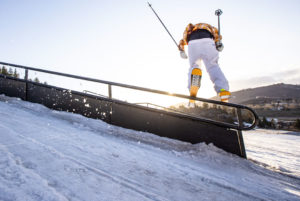For those who are new to skiing, it’s important to start getting a hang of the basics as you venture down the green runs and eventually work your way up to more challenging runs. We’re going to cover everything surrounding the topic of how to turn on skis, so buckle in and keep reading if you’re just learning or needing to brush up on your skills!
As always, be sure you have all of the gear you need before you venture out to the slopes, including a helmet and goggles to keep your head and eyes protected. You’ll also want to have a good set of ski poles, which we’ll get into later in this article!
Why is turning so important?
Turning is actually one of the primary movements you will be doing while skiing. It allows you to control your speed, maneuver around any obstacles, and change the direction you want to go. Therefore, it’s important to learn some of the proper techniques so you know how to turn on skis safely and effectively.
Basic Turning
The first thing to start with when learning how to turn on skis is how to get an edge—which means that you are essentially riding on the edge of your skis. Getting an edge helps you to control your movement and speed as you turn, rather than feeling like you’re slipping and sliding out of control on the base of your skis.
Another thing you’ll want to think about is your posture when learning how to turn on skis. Keep your knees bent, your hips hinged (almost in a sitting position), and your core tight. You’ll also want to think about how you will be shifting your weight.
For example, when you’re turning to the left, you will press into your right ski and vice versa. This may seem a bit counterintuitive at first, but it will make sense when you’re out on the slopes!
Types of Beginner Turns
One of the first turns many beginner-skiers practice when learning how to turn on skis is the snowplow (or pizza) turn. Your legs will be wide apart with your skis pointing in towards each other. From there, you will turn to either the left or the right by applying pressure to the edge of one of the skis. For example, you will balance on the inner edge of your left ski as you turn to the right and vice versa. Practice this your first few times going down the slopes until you get the hang of it and feel confident.
Another type of basic turn to practice when learning how to turn on skis is the parallel turn in which your skis will actually be parallel to one another while you’re turning. A way to practice this is by doing “hockey stops” where you bring both of your skis parallel to each other as you turn sharply to the side in order to stop. This can be a little more challenging for beginners, so practice carefully and only after you’re feeling confident with snowplow turns.
Carving
What exactly is carving and how is it different from basic turning? Carving, in a basic sense, is when you turn sharply, usually initiating more with your skis rather than your whole leg or body, and your ski will bend against its natural camber shape.
This is a more advanced technique and something that can be used to pick up a lot of speed as you go since it requires more power. This is something you can work up to, but it’s not something to attempt right away as you’re learning how to turn on skis.
Using Ski Poles
While they’re not necessary for skiing, most skiers use poles and find them helpful, especially when it comes to turning. Poles can help you with balancing and shifting your weight as well as getting into a good rhythm through your turns and movements. However, you should NOT use your poles to push you through turns or attempt to catch yourself when falling. If you do decide to use them, make sure you have a pair of ski poles that are the right size for you.
Turn Radius: What’s that?
If you’re picking out your first pair of skis, you’ll notice something called a “turn radius” listed under a ski’s features. What is that and does it affect turning? A ski’s turn radius has to do with its shape and how deep of a sidecut it has. For example, a ski with a deep sidecut will have a short turn radius and make quicker turns. So yes, it will affect your turning!
Beginners will want skis that have a short-medium turn radius because it will help them to turn more easily and have more control of their movement, while advanced skiers often prefer skis with a longer turn radius because it can help them pick up speed.
Ready to get out there and start skiing? Hopefully this guide has been helpful when it comes to learning how to turn on skis. Enjoy getting on the slopes this season and trying out some of these techniques we covered!
